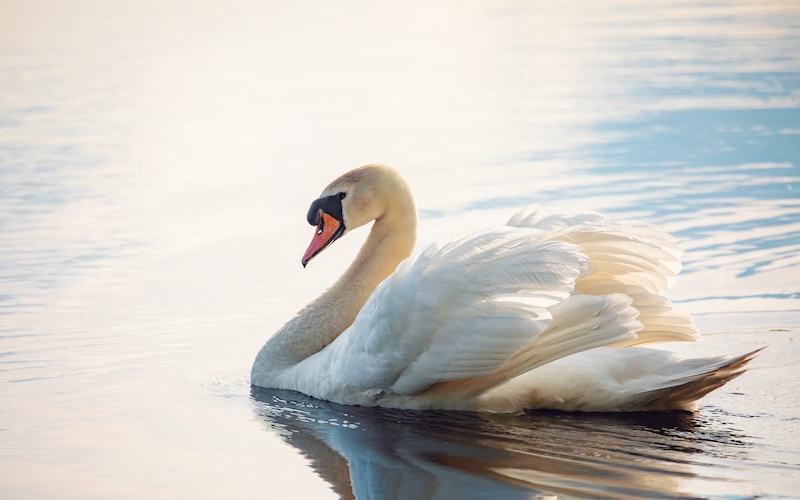Birds might seem like gentle creatures—colorful, melodic, and often associated with peace. But not all of them are as innocent as they appear. Most birds prefer to mind their own business, but a few species come with surprising defensive skills, aggressive temperaments, or physical power that can pose a real danger to humans and other animals. From razor-sharp talons to bone-crushing beaks, here are ten birds you definitely wouldn’t want to ruffle.
Cassowary
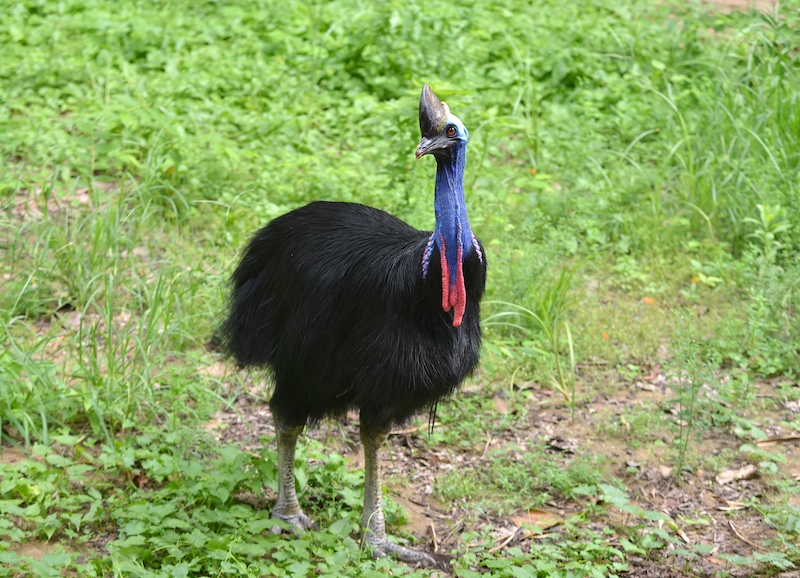
This flightless bird from Australia and New Guinea often tops the list of dangerous birds—and for good reason. The cassowary is massive, with powerful legs and dagger-like claws that can grow up to 4 inches long. If threatened, it can kick with enough force to seriously injure or even kill a human. Despite its striking, prehistoric look, it’s best admired from a distance.
Ostrich
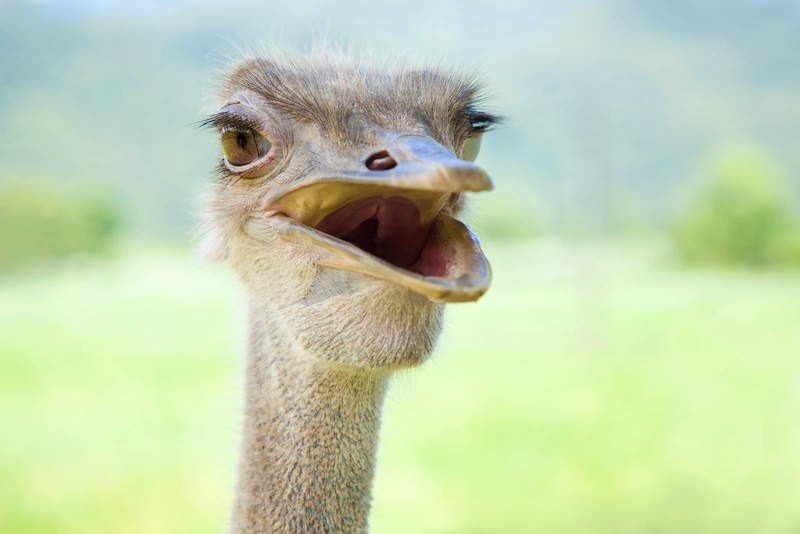
As the largest living bird, the ostrich may look goofy, but it’s no joke. These birds can sprint up to 45 miles per hour and have a mean kick that can disembowel a predator—or a person. Their strong legs and sharp claws make them a real danger when provoked, especially during breeding season.
Emu
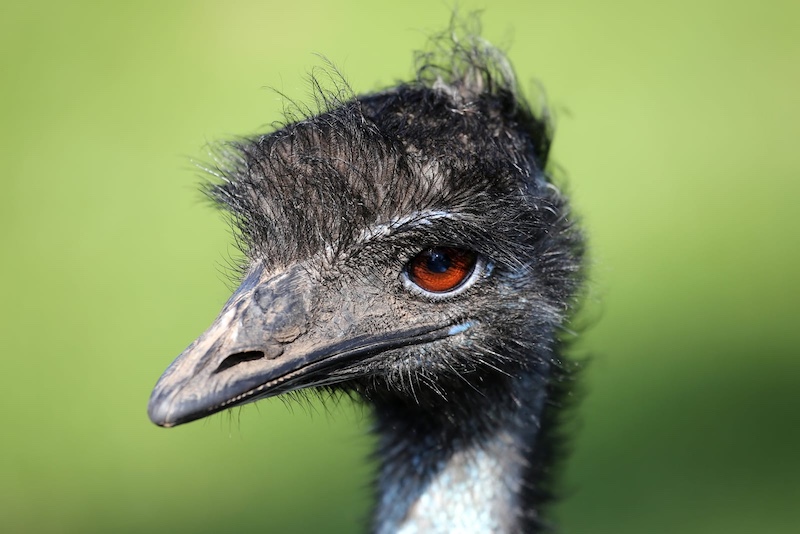
The emu is Australia’s second-most dangerous bird, right behind the cassowary. Although not as aggressive, it’s still capable of delivering powerful kicks and pecks if it feels cornered. With strong legs and a suspicious attitude, an angry emu can be a serious threat.
Lammergeier (Bearded Vulture)
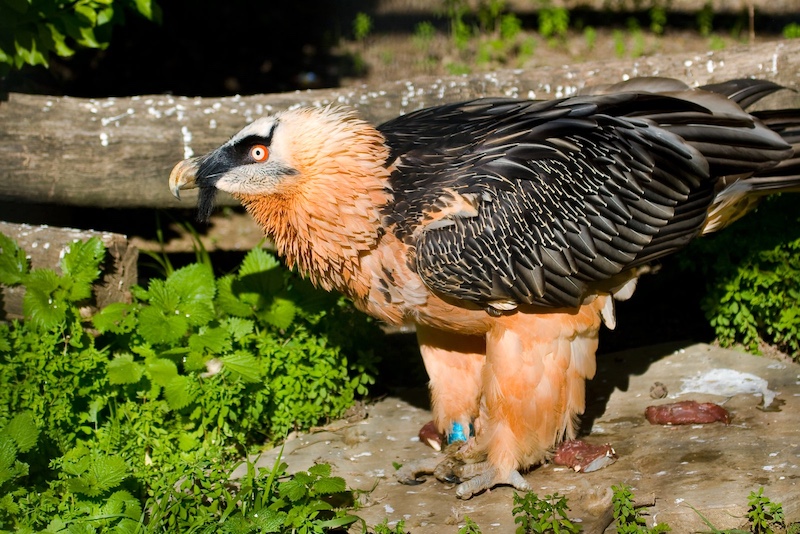
This eerie-looking vulture has a wingspan of nearly 10 feet and a very unusual hunting tactic: it drops bones from great heights to shatter them, then eats the marrow. While they’re not known to attack humans, their habit of carrying large bones into the air and dropping them could cause serious injury if you’re in the wrong place at the wrong time.
Barred Owl

This quiet hunter is surprisingly aggressive, especially during nesting season. Barred owls have been known to silently swoop down and attack joggers, hikers, and even researchers. Their sharp talons and silent flight make them terrifying when they decide you’re too close.
Great Horned Owl
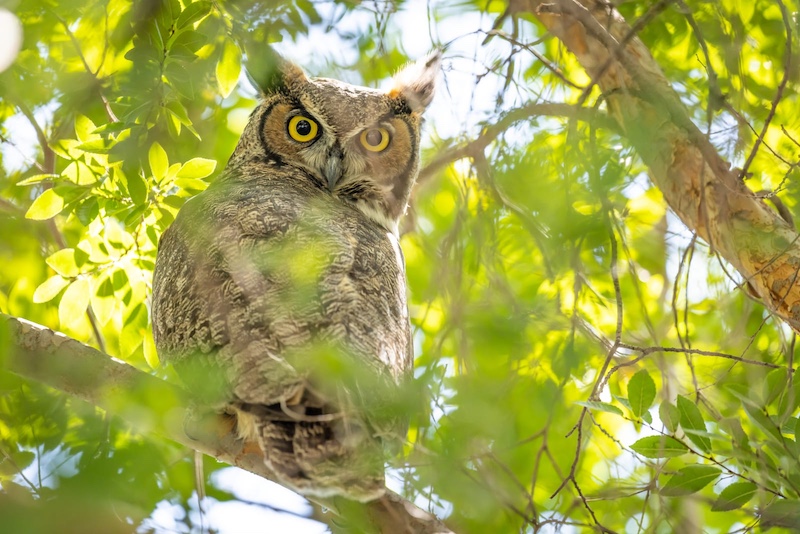
With a grip strength comparable to that of a strong dog’s bite, the great horned owl is a formidable predator. It hunts everything from skunks to other birds of prey, and if it feels threatened, it won’t hesitate to strike. Those talons are no joke.
European Herring Gull
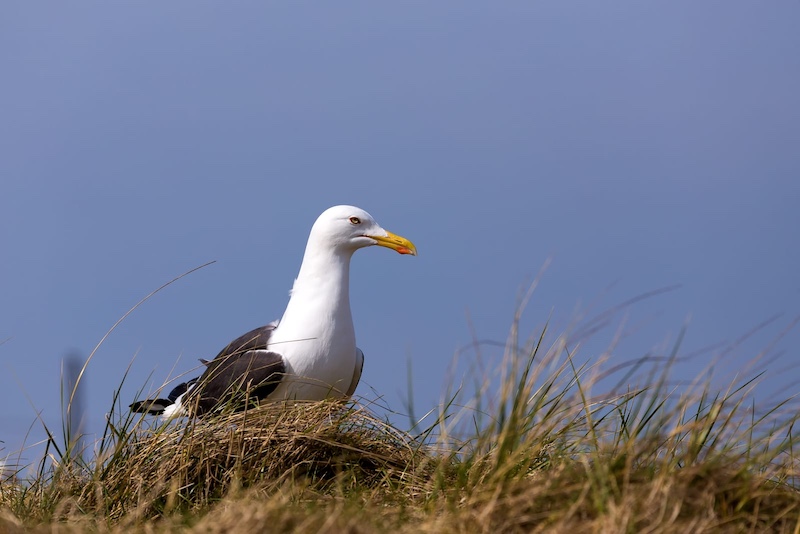
Think seagulls are harmless? Think again. The European herring gull is notoriously aggressive, especially during breeding season or when food is involved. They’ve been known to dive-bomb people, steal food from unsuspecting tourists, and even draw blood with their sharp beaks.
Mute Swan

With their elegant appearance and graceful glide across ponds, mute swans seem peaceful. But get too close to their nest or cygnets, and you’ll meet a very different side. They can charge with surprising speed and strike with their powerful wings, which have enough force to break a human arm.
Southern Giant Petrel
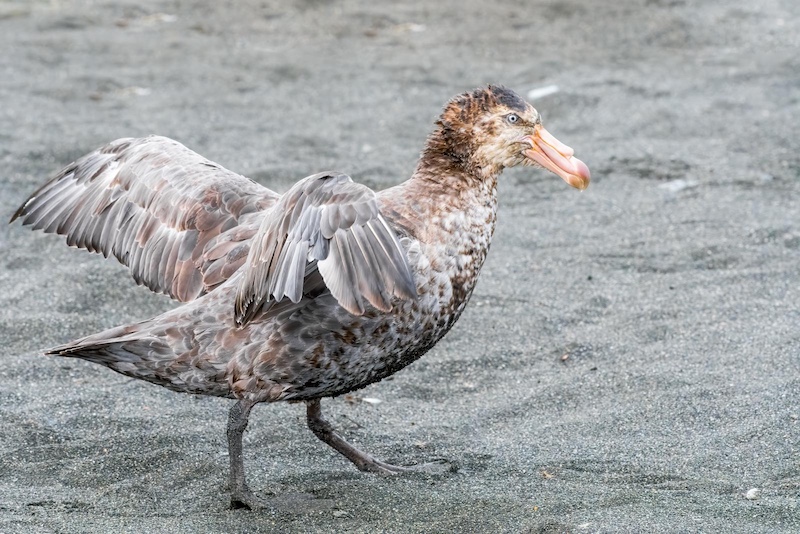
Nicknamed the “stinker” for its habit of feeding on carrion, the southern giant petrel has a large, hooked bill and a strong bite. It’s aggressive around food and nesting sites and has been known to attack other birds, penguin chicks, and even approach humans on remote Antarctic islands.
African Crowned Eagle
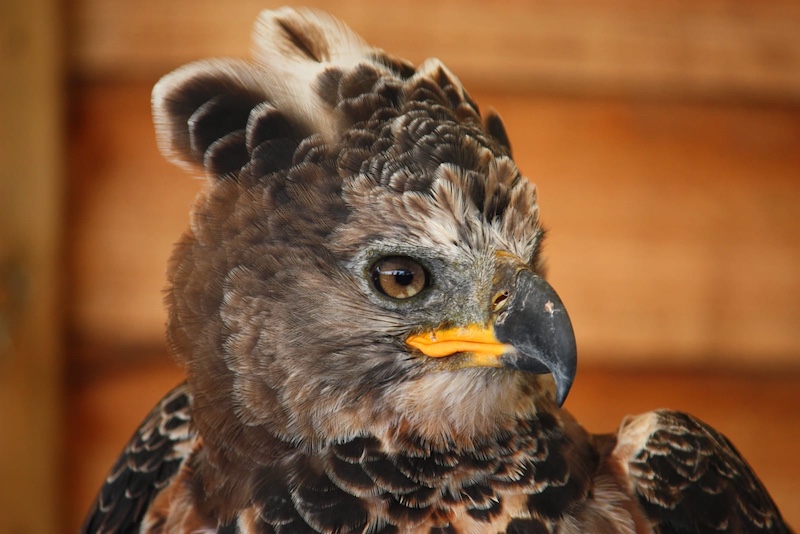
Also known as the “leopard of the sky,” this eagle preys on animals as large as monkeys and small antelope. It has enormous talons and enough strength to drag prey several times its weight into the treetops. While attacks on humans are rare, they have been documented—especially involving small children.
- Please Note: This content was created with the assistance of AI and thoroughly edited by a human before publishing.

